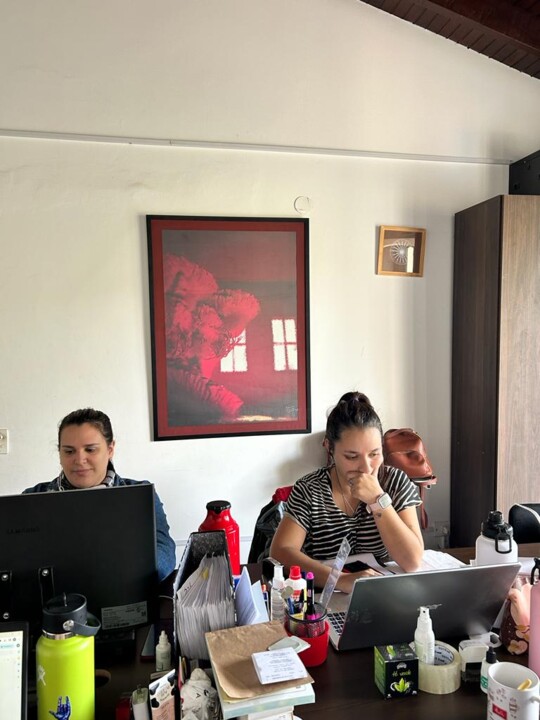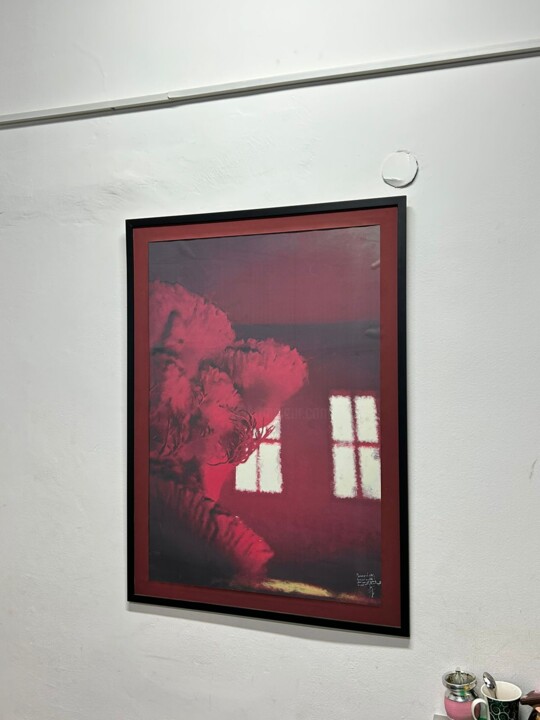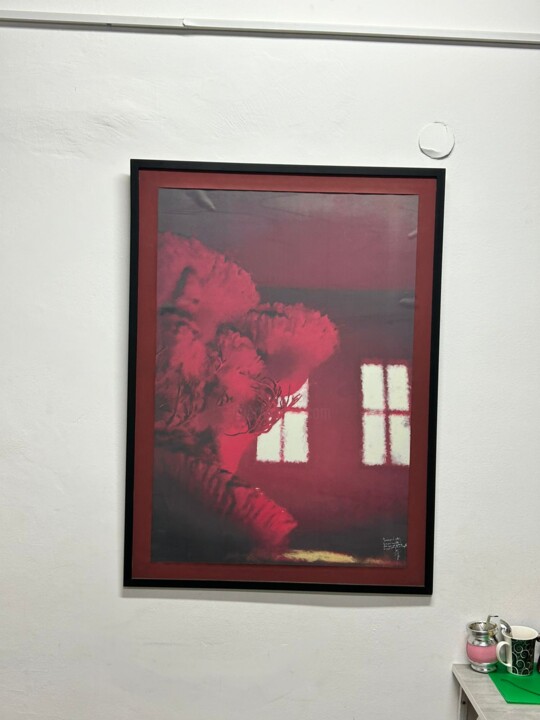





El Hombre (2023) Digital Arts by Francisco Tabakman (Frankly Tired)
Purchase a license to use this image for your website, communications or to sell merchandise.
Usage: Web Licence
| 1050 px | ||

|
1500 px |
| Dimensions of the file (px) | 1050x1500 |
| Use worldwide | Yes |
| Use on multi-support | Yes |
| Use on any type of media | Yes |
| Right of reselling | No |
| Max number of prints | 0 (Zero) |
| Products intended for sale | No |
Download immediately upon purchase
This image is available for download with a licence: you can download them at anytime.
Restrictions
All images on ArtMajeur are original works of art created by artists, all rights are strictly reserved. The acquisition of a license gives the right to use or exploit the image under the terms of the license. It is possible to make minor modifications such as reframing, or refocusing the image so that it fits perfectly to a project, however, it is forbidden to make any modification that would be likely to harm the original work In its integrity (modification of shapes, distortions, cutting, change of colors, addition of elements etc ...), unless a written authorization is obtained beforehand from the artist.
Custom licences
If your usage is not covered by our standard licences, please contact us for a custom licence.
Art image bank-
Limited Edition (#1/2)
Digital Arts,
2D Digital Work
/
3D Modeling
/
Digital Painting
on Paper
-
Dimensions
43.3x31.5 in
Dimensions of the work alone, without framing: Height 39.4in, Width 27.6in - Artwork's condition The artwork is in perfect condition
- Framing This artwork is framed
- Categories Digital Arts under $1,000 Surrealism Dark Fantasy
Sin embargo, este pensador ha sufrido una deformación. Ha evolucionado hacia una nueva forma, estancándose y mutando en algo similar a un hongo. Al igual que un hongo, este ser está en la frontera entre el mundo animal y el mundo vegetal. Permanece estático, pero sigue vivo y funcional, atrapado eternamente en su propia mente y cuerpo.
Esta obra profundiza en el concepto de cómo la ansiedad puede llevarnos a planificar en exceso y a pensar en exceso las cosas, lo que puede dejarnos paralizados y incapaces de alcanzar nuestros objetivos. Quedamos atrapados en un ciclo de análisis constante, sin nunca tomar medidas. El tiempo avanza, y mientras seguimos analizando, envejecemos sin avanzar, repitiendo el mismo error una y otra vez.
La figura distorsionada del "El Pensador" simboliza la parálisis que resulta de la sobreanalización y la ansiedad. Su cuerpo fusionado con un hongo representa la fusión de la mente y la inmovilidad, como si estuviera arraigado al suelo, incapaz de avanzar.
El concepto de estar "cerca del mundo animal y conectado al mundo vegetal" sugiere una dualidad entre la capacidad de razonamiento humano (lo animal) y la tendencia a quedarse arraigado y estancado (lo vegetal). Es una metáfora poderosa de la lucha interna que experimentamos cuando enfrentamos decisiones importantes.
La obra también invita a reflexionar sobre cómo la percepción de uno mismo puede cambiar con el tiempo. El "Pensador" original de Rodin representa la reflexión profunda y la contemplación. En esta versión distorsionada, vemos una metamorfosis que simboliza cómo nuestras preocupaciones y ansiedades pueden alterar nuestra propia imagen y nuestra capacidad para actuar.
La ambigüedad y el enigma que rodean a esta representación artística reflejan la complejidad de la mente humana y cómo la ansiedad puede crear un estado mental inmovilizador. La imagen nos insta a considerar cómo superar esta parálisis, a encontrar un equilibrio entre el pensamiento y la acción, y a no quedar atrapados en una espiral interminable de reflexión sin resultado.
Esta obra artística explora temas profundos relacionados con la ansiedad, la sobreanalización y la parálisis que pueden surgir de la contemplación excesiva. A través de la representación distorsionada del "Pensador", nos desafía a reflexionar sobre cómo abordamos nuestras decisiones y cómo podemos liberarnos de la trampa de la indecisión para avanzar hacia nuestros objetivos.
Related themes
My work is a critique of the conventional and a challenge to the habitual, going beyond what is commonly displayed in galleries focused on decorative art. Art must transgress, address, and confront the issues of our society in order to build a better world; I firmly believe that art should be more than depicting painted houses, pretty vases, and fruit in a bowl.
My pieces reflect violent, cruel, erotic, and even vulgar characters, addressing worlds ignored by the more privileged social classes. They are born from dialogue and friendships with the mentally ill, the hungry, those exiled by dictatorships, and the socially displaced. From this exchange, and in conjunction with my own experiences, images cross and concepts merge, giving rise to surreal and dreamlike illusions filled with horrible, nightmarish situations that give voice, form, and color to these figurative worlds.
I present dark landscapes, industrial and liminal spaces, where surprising, horrible, and occasionally marvelous elements fall incessantly. Nothing is safe or reliable. Just as Francis Bacon studied movement in search of a more cerebral figuration, I also incorporate the cruel aspects of society and the human decay that characterized Francisco de Goya’s work.
My creations act as mirrors, reflecting situations marked by intrusive and enraged thoughts. Through them, I explore horrors, disillusionments, and the desolation of those who, like me, have clashed with a society incapable of understanding the different and the unheard. My purpose goes beyond mere creative exercise; I seek to honor those who have lost the battle against depression, anxiety, and other mental conditions, while also sharing my own struggle.
I strive to imbue my works with a deeper dimension, inviting the viewer to appreciate the neurodivergent and extraterritorial perspective. Through these challenges and reflections, I provoke an introspective analysis of past experiences, connecting with emotions that perhaps have yet to be explored by the audience.
Mine is a technical approach to art, rarely seen in the national scene, if not entirely unprecedented.
-
Nationality:
PARAGUAY

- Date of birth : 1988
- Artistic domains:
- Groups: Contemporary Paraguayan Artists













